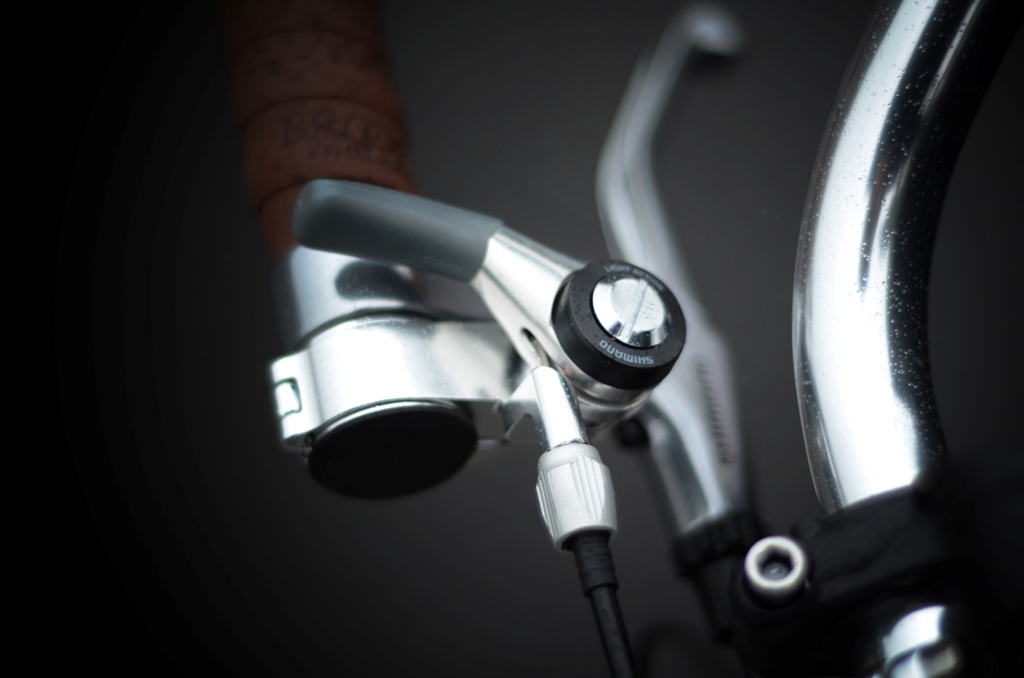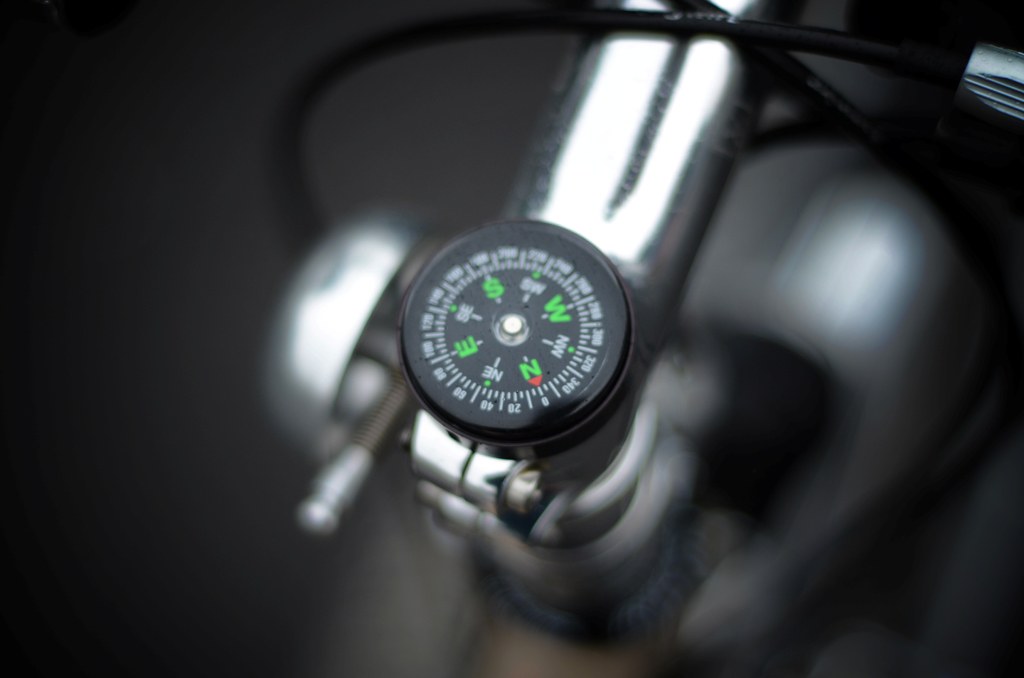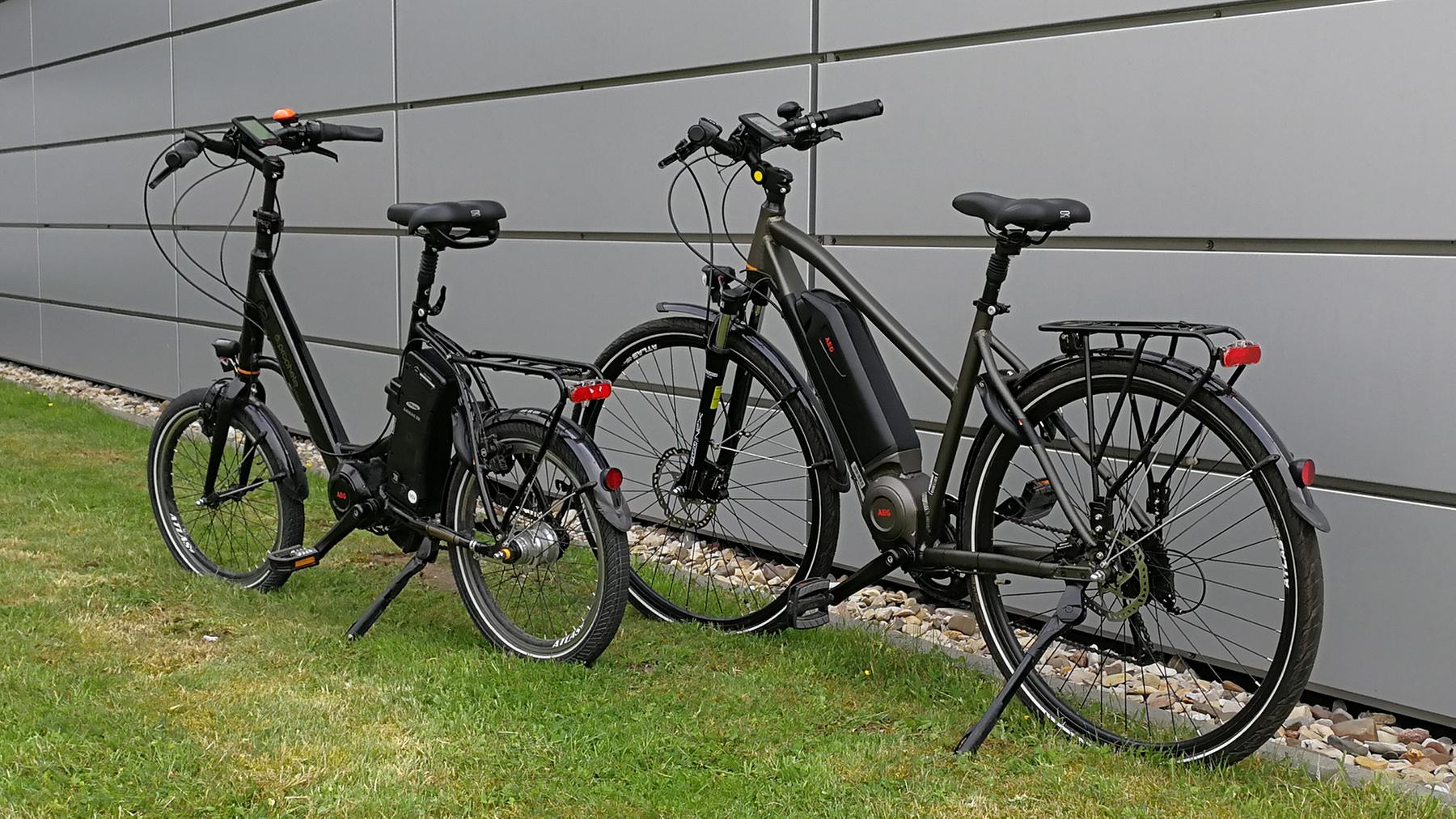If you own an e-bike, you already know how much fun it is to ride. But what if you could make your rides even better by maximizing your e-bike battery life? One of the most important aspects of keeping your e-bike running smoothly is understanding the charging process. With a few simple steps, you can extend the life of your battery and enjoy longer rides without worrying about running out of power. explore some tips and tricks for maximizing your e-bike battery life through proper charging techniques. So, whether you’re a seasoned rider or just starting out in the world of e-bikes, read on to discover how you can get the most out of your battery and enhance your overall riding experience.

Understanding E-bike Battery Types
E-bike Battery Types
When it comes to e-bikes, there are two main types of batteries: lithium-ion (Li-ion) and nickel-metal hydride (NiMH). Li-ion batteries offer higher energy density and charging efficiency compared to NiMH. They also tend to last longer and have a lower self-discharge rate, meaning they can hold their charge for longer periods when not in use.
It’s important to note that each e-bike is designed with a specific type of battery in mind. Using the wrong type of battery can damage your bike’s electrical system or lead to reduced performance. Be sure to check your owner’s manual or consult with a professional before making any changes.
In addition, some manufacturers may offer different sizes or capacities within each battery type. Choosing the right size and capacity depends on how you plan on using your e-bike, including average distance traveled per ride and frequency of use.

How to Properly Store Your E-bike Battery
Properly storing your e-bike battery is crucial in maintaining its lifespan. When not in use, it’s important to store the battery in a cool and dry place, away from direct sunlight or extreme temperatures. It’s also important to keep the battery charged at around 60-80% capacity, especially during long periods of storage.
If you plan on storing the battery for an extended period of time (3 months or longer), it’s recommended to fully charge the battery before storing it and then recharge it every three months to prevent deep discharge. Deep discharge can cause irreversible damage to lithium-ion batteries, shortening their overall lifespan.
It’s best to remove the battery from your e-bike if you’re going to store it for an extended period of time. This will ensure that there isn’t any residual power running through your bike that could drain the battery over time. By properly storing your e-bike battery, you’ll help extend its lifespan significantly.
The Dos and Don’ts of Charging Your E-bike Battery
Charging an e-bike battery properly is important if you want to extend its lifespan. The first rule of thumb when charging your e-bike’s battery is to always use the charger that comes with the bike. It’s also best to charge your battery after each ride, rather than waiting for it to fully drain before recharging. Avoid overcharging by removing the charger once the battery reaches full capacity, usually indicated by a light on the charger itself or on your e-bike’s display panel.
It’s also important to avoid charging in extreme temperatures, such as under direct sunlight or during freezing weather conditions. If possible, try to store and charge your battery indoors in a cool, dry place where it won’t be exposed to drastic temperature changes. Don’t cover up or wrap up your e-bike while charging since overheating can cause issues too.
Another common mistake is using damaged cables or outlets when charging which can damage both batteries and chargers beyond repair so make sure everything is working well beforehand. Lastly, never tamper with internal batteries yourself without proper knowledge because that can lead not only reducing life span of them but also harm yourself significantly!

Common Mistakes That Can Shorten Your E-bike Battery Life
Common Mistakes That Can Shorten Your E-bike Battery Life**
To make the most out of your e-bike’s battery, you need to be aware of common mistakes that can significantly reduce its lifespan. One major mistake is letting the battery sit for prolonged periods without being charged or discharged properly, as this can lead to irreversible damage and reduced capacity over time.
Another mistake to avoid is failing to manage the temperature during charging and discharging cycles. Exposing your e-bike battery to extreme hot or cold temperatures can also shorten its life span and decrease overall performance.
Lastly, using incorrect chargers such as those not recommended by manufacturers can cause excessive heat generation in the batteries which may lead to malfunctions.
It’s important always read the manual provided with your bike so that you have a clear understanding on how best you should handle it while maintaining optimum functionality throughout its life cycle..

Tips for Keeping Your E-bike Battery Cool During Charging
Choose a Cool Charging Location
Choose a Cool Charging Location: When charging your e-bike battery, it is essential to choose a cool location. Heat can cause irreversible damage to the battery cells and reduce its lifespan considerably. To avoid this, select a place that has good air circulation and away from direct sunlight or other heat sources such as radiators, ovens, or heaters. The ideal temperature for charging an e-bike battery is between 10-30°C or 50-86°F. Additionally, you can use cooling pads or fans to regulate the temperature during charging sessions. By following this simple tip, you can increase your e-bike’s battery life and enjoy longer rides with each charge cycle.
Use a Fan or Air Conditioning
During the charging process, it is important to keep your e-bike battery cool as overheating can damage the cells and reduce its lifespan. One easy way to do this is by using a fan or air conditioning in the room where you are charging your e-bike battery. This helps remove any heat that may be generated during charging and keeps the temperature stable. However, make sure that you don’t point the fan directly at the battery or expose it to cold temperatures as extreme changes in temperature can also cause damage. Keeping your e-bike battery cool while charging will help ensure that you get maximum performance out of each charge and extend its overall lifespan.
Avoid Direct Sunlight
To keep your e-bike battery cool during charging, it’s important to avoid direct sunlight. Exposing your battery to high temperatures can significantly reduce its lifespan and overall performance. Make sure to charge your battery in a shaded area or indoors where the temperature is consistent and cool. Additionally, avoid charging your battery immediately after a ride when it’s still hot. Allow it to cool down first before plugging it in. By following these tips, you can help extend the life of your e-bike battery and ensure that it performs optimally for years to come.
Don’t Overcharge Your Battery
Don’t Overcharge Your Battery: e-bike battery charging process
Overcharging your e-bike battery can cause irreversible damage and shorten its lifespan. To prevent this, make sure to unplug your battery once it reaches full charge. Avoid leaving it plugged in for extended periods of time, as this can cause the battery to overheat and potentially catch fire. It’s also important to use a charger that is specifically designed for your e-bike battery type and model. Using a charger that is not compatible can lead to overcharging and other issues. By following these tips, you can ensure that your e-bike battery stays cool and healthy during the charging process, maximizing its lifespan and performance.

Maximizing the Distance You Can Travel on a Single Charge
Battery life is perhaps the most important factor to consider when using an e-bike. The distance you can travel on a single charge will vary depending on several factors, including your weight, riding style, terrain, and speed.
One tip for maximizing your battery’s longevity is to start with a full charge before each ride. Charge management is key here: if you’re going on a longer ride or tackling steep hills that require more power from your bike’s motor, it’s best to carry an extra battery or charger.
To also extend e-bike range while riding it works best by reducing resistance in these ways:
- Reducing tire pressure
- Pedal at lower gear/speeds
- Reduce aerodynamic drag
Following these tips should help you get the most out of every charge and keep you cruising down the road without any worries about whether or not your battery will last until your next destination.

Pros and Cons of Quick-Charging vs Slow-Charging an E-Bike Battery
Quick-Charging vs Slow-Charging: Which is Better for Your E-Bike Battery?
When it comes to charging an e-bike battery, the two main options are quick-charging and slow-charging. Quick-charging can be tempting because it allows you to get back on your bike faster, but it may come with some downsides. For one thing, quick-charging generates more heat than slow-charging, which can shorten your battery’s lifespan. Additionally, if you consistently quick-charge your e-bike battery, you may find that its overall capacity diminishes over time. On the other hand, slow-charging is gentler on your battery and can help extend its life in the long run. However, this method requires more patience as charging times can range from 4-8 hours depending upon charger type and storage temperature.
The Pros and Cons of Rapid Charging Your E-Bike Battery
Rapid charging can be convenient for those who need to quickly get back on the road. However, it can also come with drawbacks. One major issue is that rapid charging generates more heat which can damage the battery cells and shorten its lifespan. Additionally, rapid charging may not fully charge your battery leading to a shorter range per charge.
On the positive side, rapid charging means less time tethered to an electrical outlet. It is ideal for people who have long commutes or use their e-bikes frequently throughout the day. Just make sure to use it sparingly and only when needed as frequent rapid charges will reduce overall battery life expectancy.
rapid charging shorten its lifespan
Slow-Charging: The Safe and Steady Way to Maximize Your E-Bike Battery Life
Maximize your e-bike battery life by opting for slow-charging. While quick-charging may seem like a convenient option, it can actually shorten the lifespan of your battery. Slow-charging allows the battery to charge at a steady pace, which is less stressful on the cells and can extend its overall lifespan. Additionally, slow-charging can help prevent overheating, which is a common issue with quick-charging. While it may take longer to fully charge your battery with this method, the benefits of a longer-lasting battery make it worth the wait.
Balancing Battery Life and Convenience: Choosing the Right Charging Method for Your E-Bike
Quick charging and slow charging both have their pros and cons when it comes to charging an e-bike battery. Quick charging is convenient as it can charge your battery in a shorter amount of time, usually ranging from 1-2 hours. However, this convenience comes at a cost, as quick-charging generates more heat which can shorten the overall lifespan of your battery. Meanwhile, slow charging takes longer but provides gentler treatment for your e-bike’s batteries, making them last longer overall. In general, if you have ample time for recharging or a leisurely ride schedule ahead of you go with the slower option while if there’s urgency then quick charges are justifiable.
Frequently Asked Questions about Charging an eBike’s battery
How long does it take to charge an e-bike battery?
The charging time for an e-bike battery depends on the type of battery and the charger being used. A standard 36V 10Ah battery can take anywhere from 4-6 hours to fully charge using a standard charger. However, some fast chargers can charge the same battery in as little as 2 hours. It’s important to note that quick-charging can put more stress on the battery and may shorten its overall lifespan.
Can I overcharge my e-bike battery?
Overcharging an e-bike battery can be dangerous and can cause damage to the battery. Most modern e-bike batteries have built-in protection circuits that prevent overcharging, but it’s still important to monitor the charging process and unplug the charger once the battery is fully charged. It’s also recommended to use a charger specifically designed for your e-bike’s battery to ensure safe and efficient charging.

Next Steps for Extending the Life of your eBike’s Batteries
Maximizing battery life is crucial for any e-bike owner. By following the tips outlined in this article, you can extend the lifespan of your battery and get the most out of your rides. Remember to properly store your battery when not in use, and avoid charging it in extreme temperatures. Stick to a slow-charging routine whenever possible, and avoid overcharging or undercharging your battery. Keep an eye on your e-bike’s power consumption and adjust your riding style accordingly to maximize distance on a single charge. And finally, don’t forget to perform regular maintenance on your e-bike and its battery to ensure optimal performance. By taking these steps, you can enjoy longer rides and a more reliable e-bike experience.
charging your e-bike battery properly is crucial to maximizing its lifespan and ensuring that you can enjoy longer rides on a single charge. By understanding the different types of batteries, storing them correctly, and following the dos and don’ts of charging, you can avoid common mistakes that can shorten your battery’s life. Additionally, keeping your battery cool during charging and choosing the right charging method can also help extend its lifespan. By following these tips and taking care of your e-bike battery, you can enjoy many more adventures on your electric bike for years to come.
Q & A
Who should charge an e-bike battery?
Anyone who wants to ride an e-bike should charge the battery.
What equipment do I need to charge an e-bike battery?
You need an e-bike charger and an electrical outlet.
How long does it take to charge an e-bike battery?
It depends on the battery’s capacity and the charger’s output, but usually 3-6 hours.
What should I do if my e-bike battery won’t charge?
Check the connections, make sure it’s compatible with your bike, or contact the manufacturer.
How often should I charge my e-bike battery?
It’s recommended to charge after every ride, but it depends on your usage and battery capacity.
What’s the best way to store an e-bike battery?
Keep it in a cool and dry place, away from direct sunlight, and charge it to around 80% before storage.
